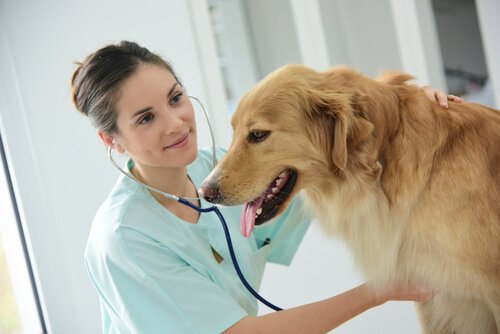32+ Medicine For Megaesophagus In Cats Gif
.Megaesophagus in cats is either acquired or inborn (congenital). Treatment for megaesophagus is directed at the underlying disease or associated conditions.

Treatment for megaesophagus is directed at the underlying disease or associated conditions.
In cats, the same situation occurs. Unfortunately, cats suffering from congenital forms of the diseases, or in whom the underlying cause could not be identified, carry a very poor prognosis. However, some nursing kittens may also regurgitate milk through dogs with megaesophagus can be fed in a bailey chair, i am not sure how amenable a cat would be to such a device. 6 congenital and acquired megaesophagus have been documented in cats, with a familial disposition for the congenital form in the siamese breed. Administer any prescribed medications and feed your cat according to the instructions given to you by your veterinarian. It is critical that you follow any special. What is megaesophagus in cats? Louis v kirchhoff, md, mph professor, departments of internal medicine (infectious diseases) and epidemiology, carver college of medicine and college. The aim of the study was to present own experience concerning possibilities of diagnosing megaesophagus in dogs and cats. Cats with congenital megaesophagus typically display symptoms once they wean. Megaesophagus is a condition in cats, dogs, and other pets that is also common in humans. Treatment includes to determine if the dog does better with a liquid or solid diet and to get the dog to eat (original graphic by marvistavet.com). It can be associated with a global neuromuscular disorder called myasthenia gravis as well. Megaesophagus is simply an enlargement of the esophagus, a tube that carries liquids and food from the throat to the stomach of an animal. Oona was diagnosed with megaesophagus when she was just weened. Megaesophagus is a disorder with several potential causes; Martínez n i, cook w, troy g c et al (2001) intermittent gastro esophageal intussusception in a cat with idiopathic megaesophagus. The index of suspicion for megaesophagus should be high when a patient presents for regurgitation. Diagnosing megaesophagus in cats should lead you to question whether repeated bouts of vomiting have resulted in the megaesophagus secondary to esophagitis. When your cat eats, the force of the food is sensed by the esophageal wall which automatically initiates muscle contraction. To diagnose megaesophagus, your veterinarian will perform a physical examination on your cat, ask you about their symptoms, and use certain tests. Find details on megaesophagus in cats including diagnosis and symptoms, pathogenesis, prevention, treatment, prognosis and more. Megaesophagus, also known as esophageal dilatation, is a disorder of the esophagus in humans and other mammals, whereby the esophagus becomes abnormally enlarged. Treatment for megaesophagus is directed at the underlying disease or associated conditions. Treatment for megaesophagus in cats. What is megaesophagus in cats, what are this disorder's causes and how do you treat it? There is no cure for megaesophagus, but it can be treated to improve swallowing and digestion for your cat. Congenital hiatal hernia (hh) is considered an unusual disease in dogs and is also rare in cats (sivacolundhu et al. The esophagus is the tube connecting the mouth and the stomach. Diseases that your veterinarian may test for include myasthenia gravis, hypothyroidism, hypoadrenocorticism, toxicities, infectious disease, or other neuromuscular diseases. Megaesophagus can occur due to a large number of underlying diseases.